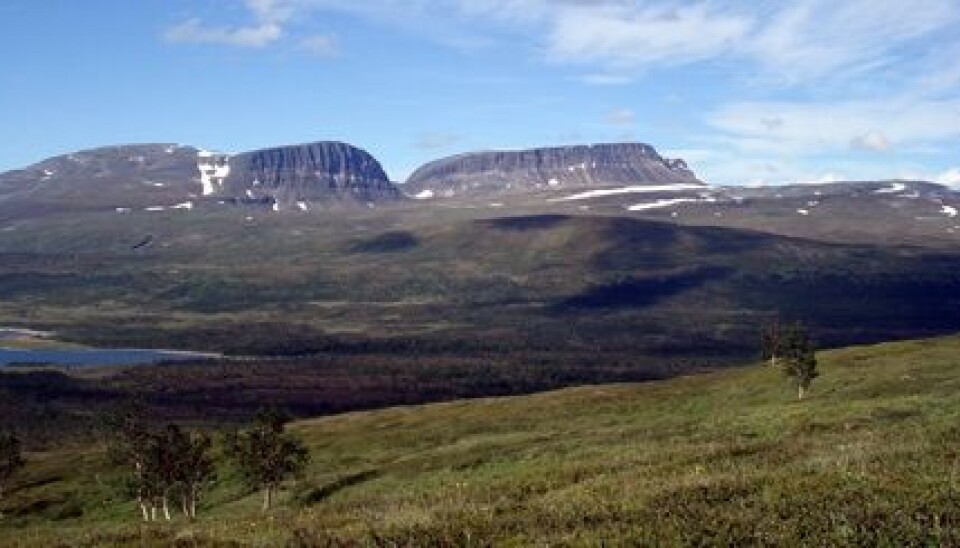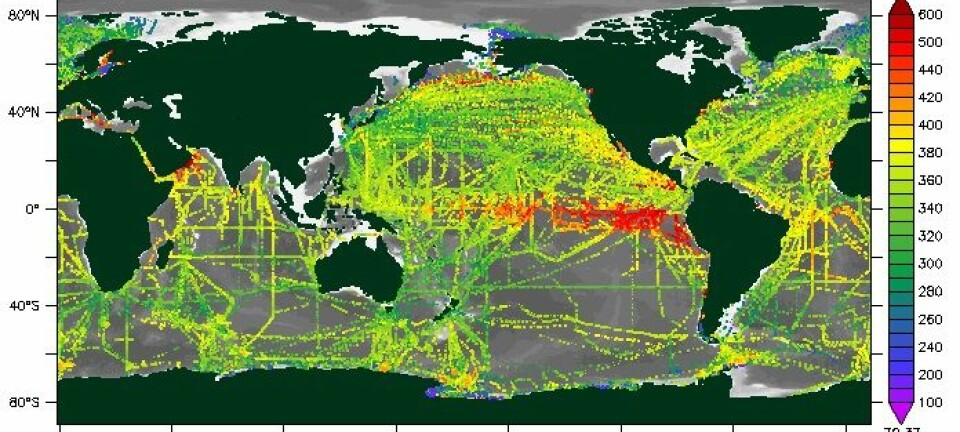This article was produced and financed by NINA - Norwegian Institute for Nature Research

No invasion of trees to the Arctic
The treeline is expected to move further north, as the climate gets warmer. But we can hardly speak of an invasion.
Denne artikkelen er over ti år gammel og kan inneholde utdatert informasjon.
Through feedback mechanisms, changes in the circumpolar forest-tundra boundary could have a major impact on global climate.
The predominant assumption is that a warmer climate will cause the forest line to advance northward at a rate of two kilometers per year and as a consequence loss of 40 percent of the current arctic tundra.
According to Annika Hofgaard these assumptions are highly exaggerated. She is the leader of PPS Arctic, a core project under IPY – the International Polar Year.
A group of international researchers are studying changes in the circumpolar tree line zone, with the overarching question: Are trees invading the Arctic? And if so, to what rate?

Findings from this project have made the researchers question the dominating scenarios.
A need for improved models
These vegetation scenarios are based on global vegetation models.
According to Hofgaard the underlying mechanisms are however more complex than considered in the models.
Changes in permafrost, grazing pressure, fires and insect infestation are all examples of factors that must be considered alongside climatic impacts in order to avoid potentially misleading interpretations of climate-driven forest expansion.
PPS Arctic results show that although the influence of climate is seen at most study sites and that northward advance dominates, the pattern is complicated by differences in regional climate, species interactions and land-use.
"However, we do not see any evidence of rates as big as 2 kilometres per year, and in some areas the tree line is actually moving south," says Hofgaard.
"In Finnmark county, the region where we have most detailed information, our results suggest that a rate of around 100 meters northward advance per year is more realistic," she adds.
The prediction of a loss of 40 percent of the tundra by the end of the century is probably far too alarming.
Climate-vegetation warming loop
These findings are relevant to arctic animals and plants, human societies, and the global climate.
An exchange of present tundra with forest would cause habitat loss and decrease the regional surface reflectivity.
A reflectivity decrease would accelerate warming trends as dark areas such as forests reflect less solar radiation than lighter tundra areas. This forms a feedback loop, where forest expansion caused by warmer climate would cause more warming and so on.
"We know a bit of what is going on but definitely not enough," says Hofgaard.
"It is very important to understand factors limiting forest-tundra zone responses to climate change. This would take us closer to explaining the mismatch between model predictions and site- and region-based empirical results," she says.
Hofgaard presents the results at the International Polar Year (IPY) 2012 Conference in Montreal, April 22-27 2012, which gathers 2000 participants.
------------------------
Read this article in Norwegian at forskning.no
External links
- More about PPS Arctic
- Information about researcher Annika Hofgaard
- Find out more about IPY 2012 Conference

































